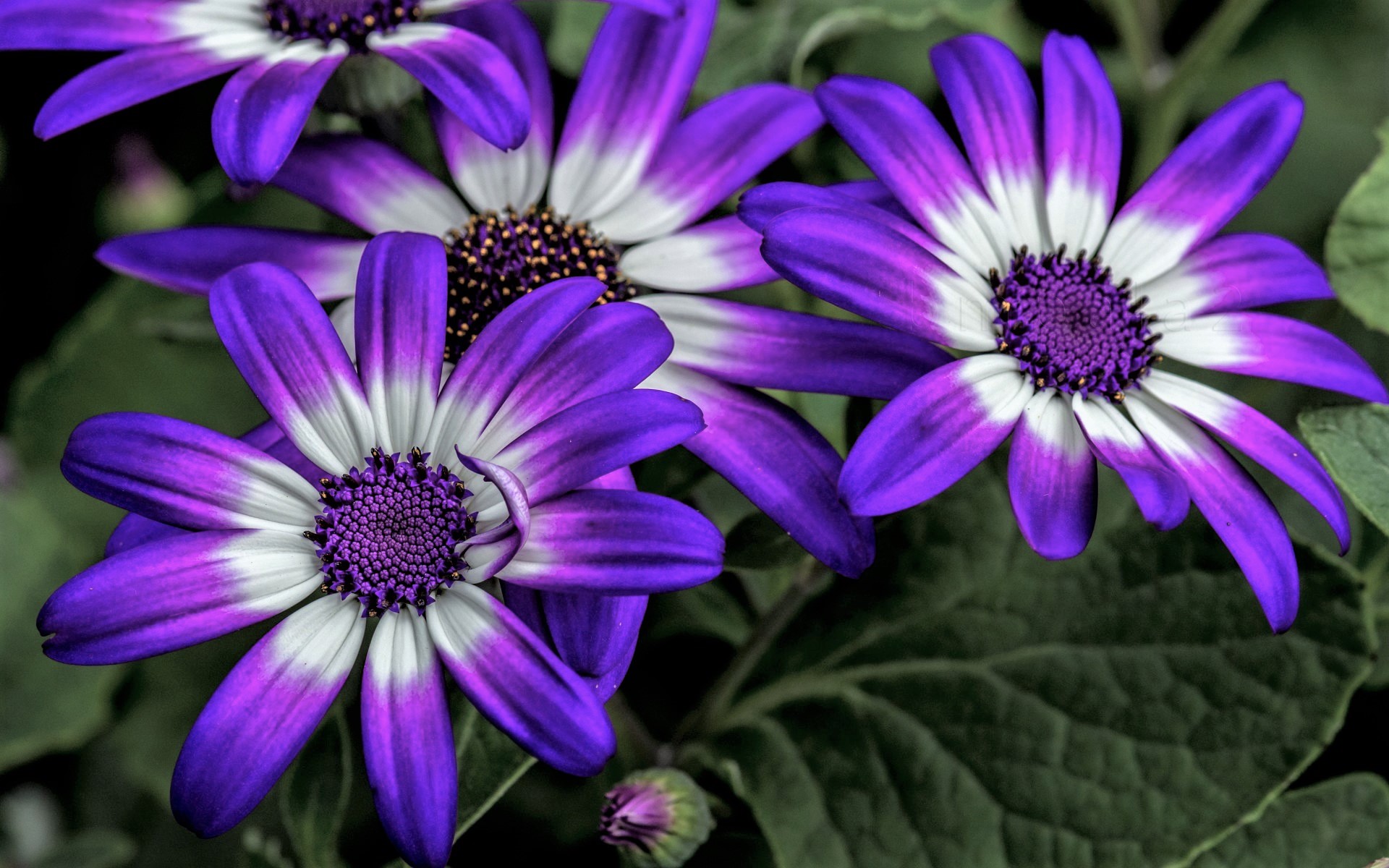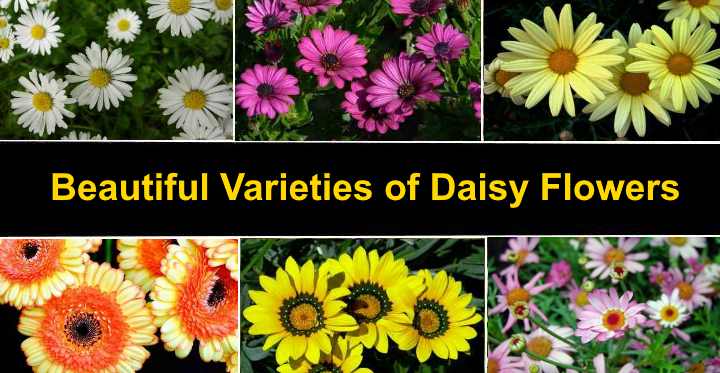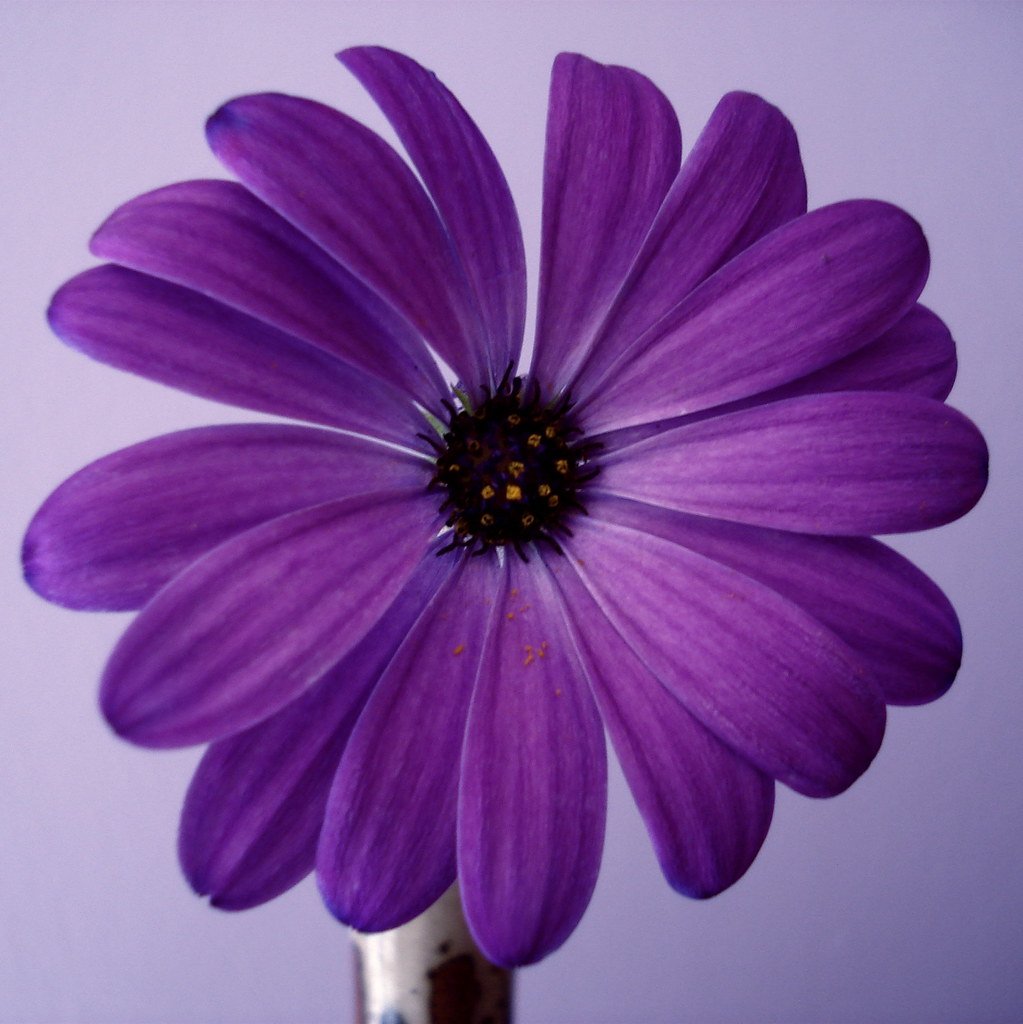Introduction
Daisy flowers in purple are not just pretty to look at in the garden, but they also stand for peace and class. Fans of flowers and those that plant enjoy these flowers as they are pretty and have vibrant hues. This article tells you all that you need to know about Purple DaisyFlowers, including how to grow them and how they got their name. If you want to add some colour to your space, this guide has everything you need to know, no matter how much experience you have gardening
2. Definition and SortingWhat is a purple daisy?
“Purple Daisy Flower” is a broad term for different kinds of daisies that have purple colours. While most daisies are white or yellow, these flowers add a unique splash of colour to flower arrangements. In the botanical world, these plants may be from different families, but their flowering patterns and general look are similar.
Classification and Family of Plants
There are a lot of different kinds of blooming plants in the Asteraceae family, which purple daisies are in. Purple daisies may belong to more than one genus in this family, such as Bellis, Aster, and Osteospermum. As you might expect, each genus has its own traits and care needs.
Pros and Cons Table
| Pros | Cons |
|---|---|
| Aesthetic Appeal | Limited Availability |
| Beautiful and vibrant purple color adds a pop of color to any arrangement or garden. | May not be available year-round in all regions. |
| Symbolism | Fragility |
| Often symbolize beauty, grace Purple Daisy Flower , and elegance. | Delicate petals can be easily damaged. |
| Variety | Maintenance |
| Come in different shades of purple and varieties, adding diversity. | Some varieties may require specific care and maintenance. |
| Attract Pollinators | Allergies |
| Attract bees and butterflies, aiding in pollination. | May cause allergic reactions in some people. |
| Versatility | Water Requirements |
| Can be used in various floral arrangements, garden settings, and decorations. | Some varieties may require frequent watering. |
| Fragrance | Pests |
| Many have a pleasant fragrance. | Can attract pests such as aphids. |
| Medicinal Uses | Growth Conditions |
| Some types have traditional medicinal uses. | May require specific soil and sunlight conditions. |
Differences Between Purple Daisies and Other Types of Daisies

All daisies have some things in common, like a disc in the middle and petals that are arranged in a circle. But Purple Daisies stand out because of their bright colour. They might not have the same petal shapes and sizes as popular types of daisies like Shasta or Gerbera daisies.
History: Where Did the Purple Flower Come From?
Purple daisies come from a lot of different places. Some kinds are native to Southern Africa, while others are from Europe. Botanists and farmers liked them because they were beautiful and easy to grow, which led to a lot of different types being grown.
Uses in the past and meanings
In the past, daisies were often used in medicine and were thought to represent youth and purity. As a result of its historical importance, the purple version has been linked to royalty and nobility.
An explanation and grouping What is a purple daisy?
“Purple Daisy Flower” is a broad term for different kinds of daisies that have purple colours. While most daisies are white or yellow, these flowers add a unique splash of colour to flower arrangements. In the botanical world, these plants may be from different families, but their flowering patterns and general look are similar.
Classification and Family of Plants
There are a lot of different kinds of blooming plants in the Asteraceae family, which purple daisies are in. Purple daisies may belong to more than one genus in this family, such as Bellis, Aster, and Osteospermum. As you might expect, each genus has its own traits and care needs.
Differences Between Purple Daisies and Other Types of Daisies

All daisies have some things in common, like a disc in the middle and petals that are arranged in a circle. But Purple Daisies stand out because of their bright colour. They might not have the same petal shapes and sizes as popular types of daisies like Shasta or Gerbera daisies.
The best times to plant purple daisies
The best times to plant Purple Daisies are in the spring or early autumn. This gives them time to grow roots before the temperatures get too high.
How to Plant Something Step-by-Step Get the ground ready:
Break up the dirt and add compost.
Sow the Seeds: Plant seedlings or seeds 6 to 12 inches apart.
Water Well: Give the newly planted flowers a lot of water to help them get used to their new home.
Mulch: Put down a layer of mulch to keep the soil wet and keep weeds from growing. The Purple Daisy Flower’s LanguageThrough the language of flowers, also called floriography, purple daisies along with other flowers can mean different things.
Symbolism and Meaning
Purple daisies are often a sign of respect, love, and change. Because purple is a colour of royalty and elegance, these flowers are a thoughtful way to show respect and love. They can also stand for mental and creative growth, which makes them appropriate for a range of situations and feelings.
Purple daisies in writing and art

Purple flowers have been used as a subject in art and writing. These flowers have been used as a sign of beauty and peace by artists like Vincent van Gogh. Purple daisies are often used to show love and strength in writing. The societal importance of these things continues to inspire artists of all kinds.
Days and events with purple daisies
A lot of gatherings and events honour the beauty of purple daisies. Some of these are the Aster Festival in Europe and the Daisy Festival in Oregon. Flower lovers come from all over the world to these events, which include flower shows, gardening workshops, and cultural acts.
Expert Thoughts
Plant scientists and horticulturists can help you grow and take care of purple flowers. Well-known botanist Dr. Jane Smith says, “Purple daisies do best in full sun and soil that drains well.” Pruning and getting rid of pests on a regular basis are important for keeping them healthy. Gardeners can get the best results by following this kind of expert advice.
Stories and experiences from real people
People who like flowers and gardening often talk about their own experiences with purple daisies. Sarah Johnson from Vermont, for example, talks about how planting purple daisies made her garden a colourful haven. These personal stories show how much fun and pleasure there is in growing these lovely flowers.









